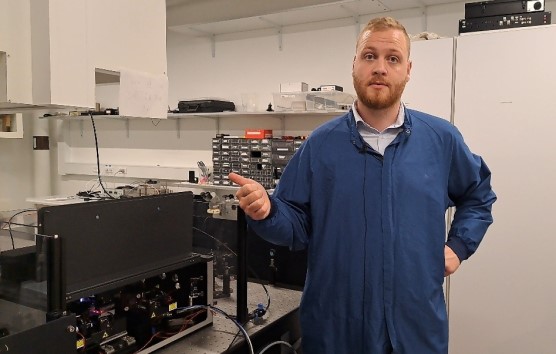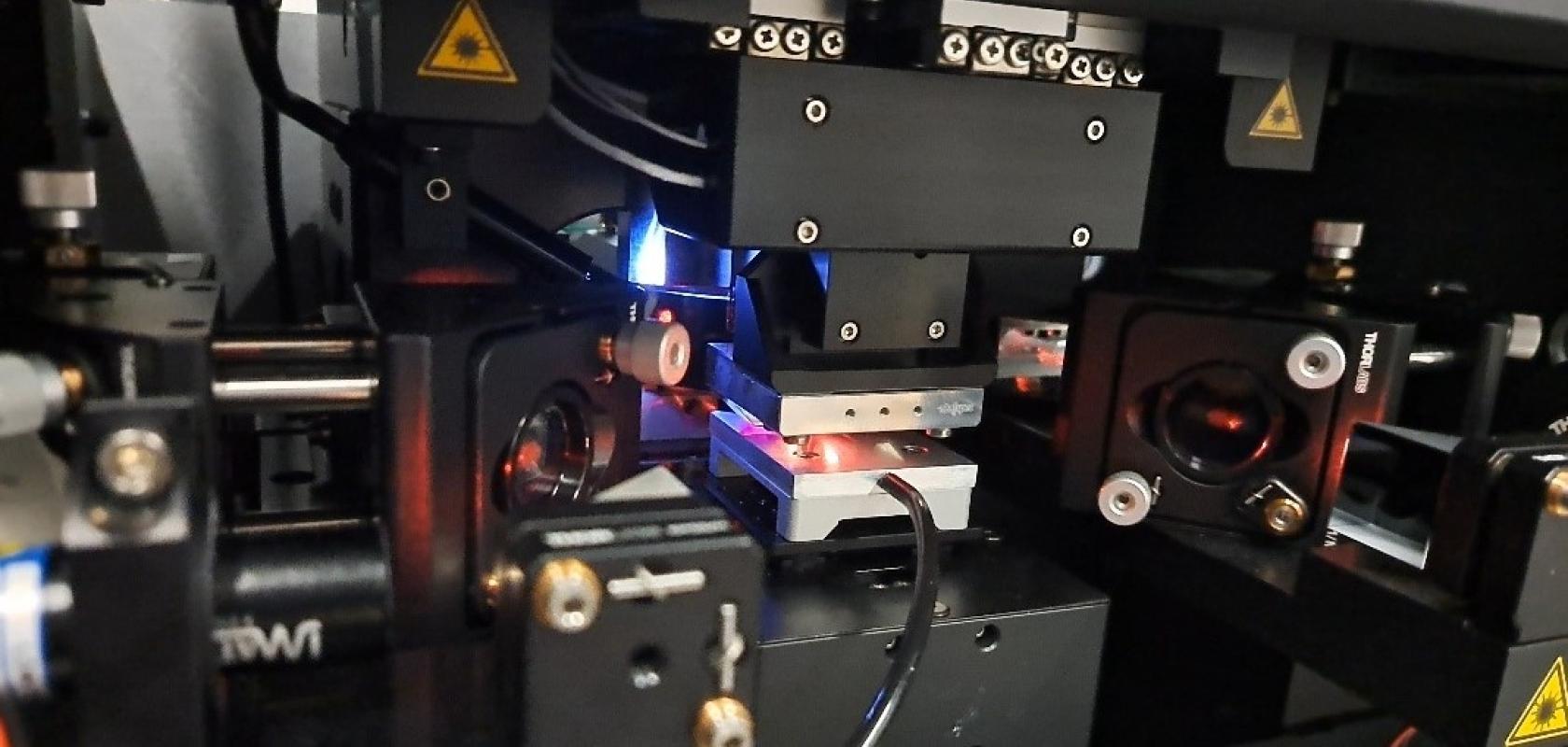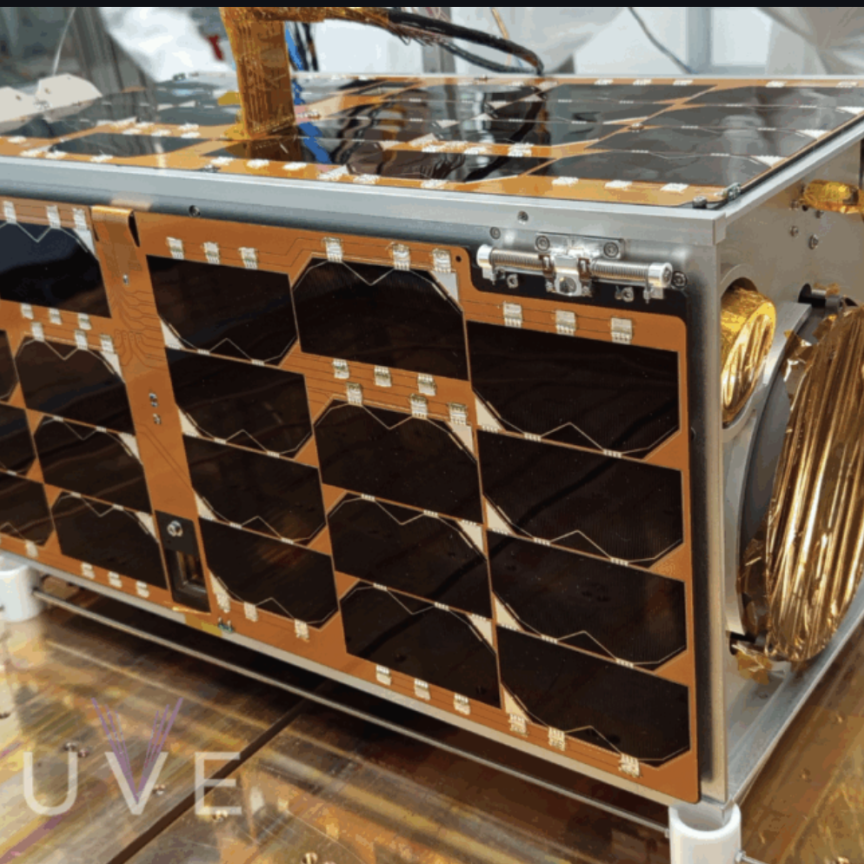Terahertz radiation could hold the key to uncovering the secrets of the nano-world. At the Technical University of Denmark, PhD student Henrik Bødker Lassen is using terahertz spectroscopy to explore the optical and electronic traits of materials at the nanoscale level.
Using a commercial microscopy system built by Attocube, called the neaSCOPE, Lassen is working on mapping diverse surfaces and intricate nano-patterned devices, opening up new possibilities in the future of material studies. Electro Optics spoke to Lassen to find out more about his project.
EO: Tell us about your project
HBL: I’m using a scattering-type scanning near-field optical microscope in combination with time-domain spectroscopy to study 2D materials or other materials, electrical properties, and optical properties. Many state-of-the-art techniques do this invasively, meaning that the sample under investigation sustains physical damage. However, the technique I’m using is non-invasive, meaning that the sample or the device under investigation does not sustain any physical damage.
EO: Why are you using the neaSCOPE system for this work?
HBL: This instrument is interesting because it allows us to study material characteristics way below the diffraction limit. So, in classical optics, we have something called the diffraction limit, which is essentially half the wavelength of the light that we’re using. That means we cannot resolve any features that are less or smaller than half this wavelength.
However, the neaSCOPE circumvents this by using an atomic force microscopy tip tapping very close to the material surface. Light scatters down from this tip and interacts with the material just beneath it, reflects out, and then we measure the reflected light. Now this technique's spatial resolution limit is determined by the apex radius of the tip of the probe we're using. We use a fixed radius of around 50nm, which means that we can use terahertz light that has a diffraction limit of hundreds of microns, enabling us to actually resolve features on the nanometre scale, which has not been done before.
EO: What real-world applications could this research have?
HBL: For now, the neaSCOPE is mainly used in fundamental research and for studying different phenomena and their underlying physics. But in the future, this instrument could help determine electrical properties and characterise different electrical devices.
This technique, where we use terahertz radiation to determine electrical properties, can be used in combination with other disciplines where – for example – you need to fabricate different, very complicated structures. If someone wants to evaluate how well a structure compares to others, they can do so by stacking 2D materials on top of each other in different ways and finding the result. This applies to fundamental research, and you could also use it for future applications within computational devices, for example.
EO: What are the main challenges you’re facing in your work?
HBL: The main challenge with this technique is understanding how it actually works. Right now, a lot of people are working on the fundamental theory behind this technique, but it’s not complete yet. For example, when you have a highly conductive interface, this theory breaks down. And what we essentially want to use this technique for is to characterise highly conductive interfaces. So, to further advance this technique, we need to really understand the fundamental physics behind it.
EO: What are your next steps?
HBL: Right now, this system is limited to studying static surface conductivity or the static electrical property of the devices assembled under investigation. What we want to do in the future is to upgrade the system so we can time resolve the conductivity.

Henrik Bødker Lassen is a PhD student at the Technical University of Denmark


